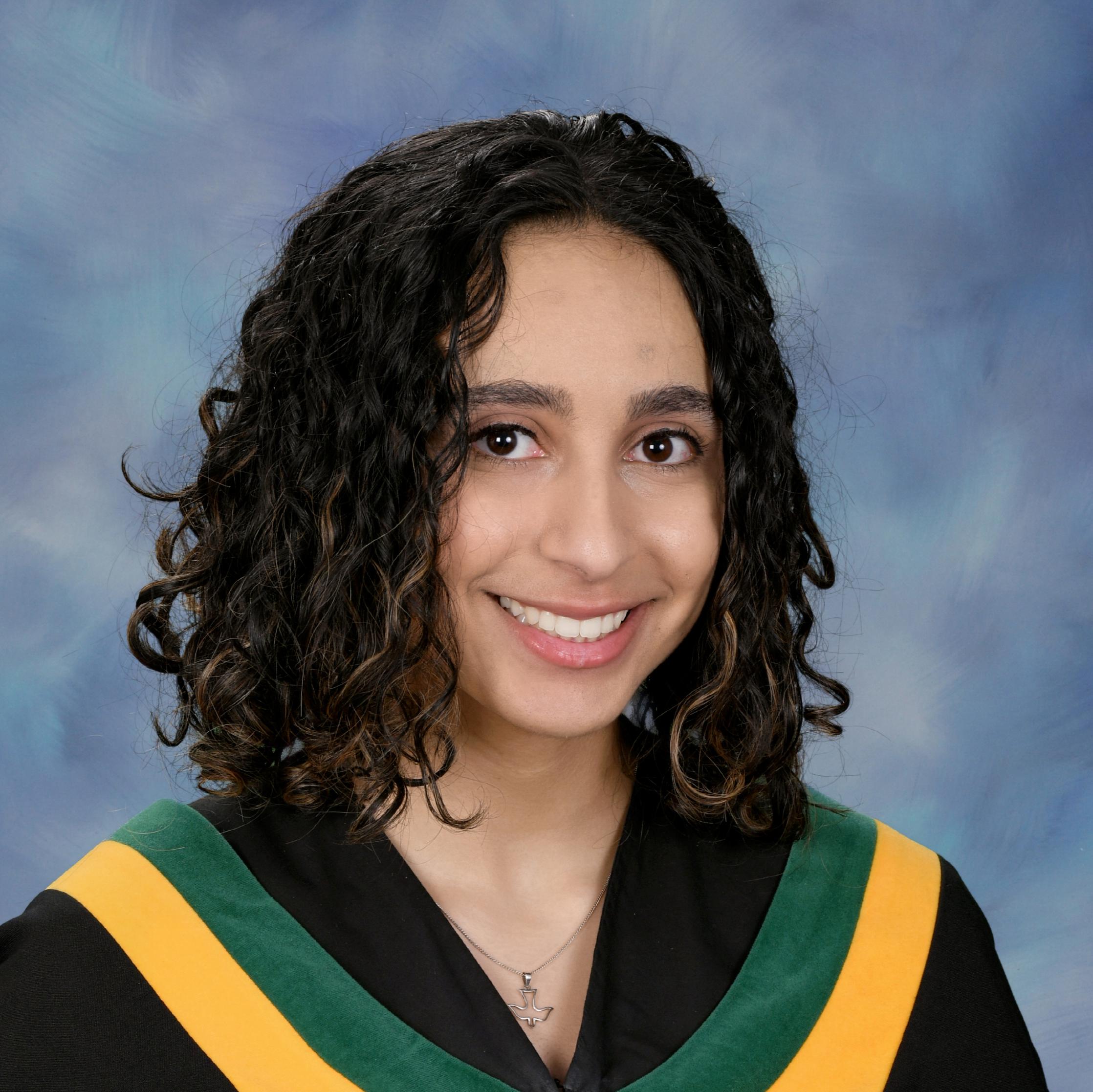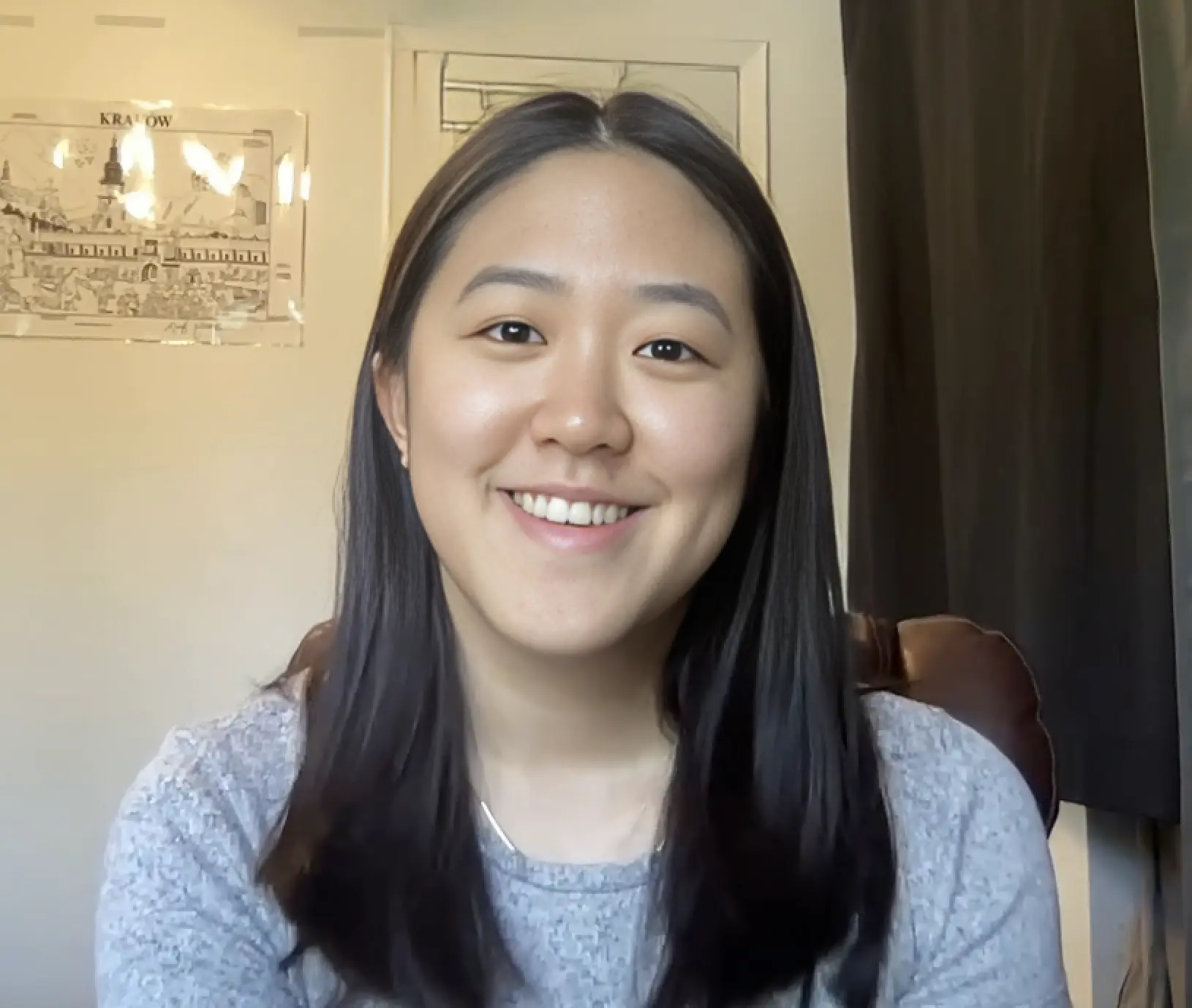People learn in different ways.
Some prefer to see information, while others like to hear it or do hands-on activities. These preferences are called learning styles.

There are seven main types of learning styles: visual, auditory, verbal, physical, logical, social, and solitary.
Knowing your style can help you learn better and faster. It can also help teachers and trainers create more effective lessons.
Learning styles are not fixed.
You might use different styles for different subjects or situations. The key is to find what works best for you and use a mix of methods to improve your learning.
Understanding Learning Styles
Learning styles shape how people take in and process information.
Knowing your style can help you learn better. The VARK model outlines four main ways people prefer to learn.
Definition and Importance
Learning styles are the ways you prefer to absorb and understand new information. They affect how you study, work, and interact with others.
Knowing your style can make learning easier and more fun for you.
Your learning style can change over time. It may also vary based on what you're learning. Some people have one strong style, while others use a mix.
Teachers use learning styles to plan lessons. This helps students learn better. When teaching matches your style, you often remember more.
The VARK Model
The VARK model outlines four main learning styles:
- Visual: You learn best through pictures, diagrams, and videos.
- Auditory: You prefer listening to lectures and discussions.
- Reading/Writing: You like reading texts and writing notes.
- Kinesthetic: You learn by doing and hands-on activities.
Each style has its strengths. Visual learners may enjoy charts and graphs. Auditory learners might like group talks. Reading/writing learners often do well with textbooks. Kinesthetic learners may excel in lab work.
You can use your style to study better.
If you're visual, try making mind maps. If you're auditory, record your notes and listen back. Mix methods to suit different subjects and tasks.
Types of Learners
People learn in different ways. Knowing your learning style can help you study better and remember more. Let's look at the main types of learners and how they take in information best.
Visual Learners
Visual learners prefer seeing information. They learn best with pictures, diagrams, and charts. Colors and layouts are important to them.
Visual learners often:
- Take detailed notes
- Use highlighters
- Draw mind maps
- Watch videos to learn
They remember faces well and can picture what they read. In class, they like to sit at the front to see the teacher and board clearly.
Auditory and Verbal Learners
These learners do best by hearing information. They enjoy listening and speaking.
Auditory learners often:
- Record lectures to listen later
- Read aloud when studying
- Use mnemonic devices like rhymes or songs
- Explain ideas to others
They may talk to themselves while problem-solving. Group discussions and verbal instructions work well for them.
Kinesthetic and Tactile Learners
These learners need to move and touch to understand. They learn by doing and experiencing.
Kinesthetic learners often:
- Use hands-on activities
- Take frequent breaks to move around
- Act out concepts
- Use physical objects when possible
They may fidget while listening. Field trips and experiments are great for these learners.
Logical and Analytical Learners
These learners like to understand the reasons behind things. They enjoy working with numbers and finding patterns.
Logical learners often:
- Make lists and schedules
- Break big tasks into steps
- Look for connections between ideas
- Ask lots of questions
They excel at math and enjoy solving puzzles. Clear, step-by-step instructions work best for them.
Social and Interpersonal Learners
These learners do best when working with others. They enjoy group work and discussions.
Social learners often:
- Study in groups
- Teach others to reinforce their own learning
- Role-play scenarios
- Prefer collaborative projects
They are good listeners and communicators. They learn well through teamwork and peer feedback.
Solitary and Intrapersonal Learners
These learners prefer to work alone. They are self-motivated and enjoy independent study.
Solitary learners often:
- Keep a journal or learning log
- Set personal goals
- Reflect on their progress
- Prefer quiet study spaces
They are good at self-pacing and often excel at independent research projects.
Learning Techniques and Strategies

Different learning techniques help students absorb information better. Effective strategies can boost your learning experiences. Adapting to individual needs is key for success.
Teaching Styles and Strategies
Teachers use various methods to help you learn. Visual aids like charts and graphs work well for visual learners. Audio learners benefit from lectures and discussions.
For those who prefer reading and writing, textbooks and note-taking are useful. Hands-on activities suit kinesthetic learners best.
Problem-solving tasks help develop critical thinking skills. Flashcards are great for memorization and quick review.
Group projects encourage teamwork and social learning. Individual assignments allow for self-paced study.
Maximizing Learning Experiences
To get the most out of your studies, try different techniques.
Use color-coding in your notes to highlight important points.
Create mind maps to connect ideas visually. Record lectures to review later if you're an auditory learner.
Take practice tests to check your understanding. This helps identify areas that need more focus.
Join study groups to discuss and share knowledge. Teaching others can reinforce your own learning.
Use apps and online tools for interactive learning. They often provide immediate feedback and progress tracking.
Adapting to Individual Learning Needs
Everyone has a unique learning style. Identify yours to choose the best study methods.
If you're a visual learner, use diagrams and videos. Auditory learners should listen to podcasts or audiobooks.
Reading and writing learners can benefit from summarizing texts. Kinesthetic learners should try hands-on experiments.
Mix different techniques to keep learning interesting. This helps maintain focus and improves retention.
Ask your teachers for additional resources that match your style. They can provide tailored materials to boost your comprehension.
The Role of Technology in Learning Styles

Technology has changed how students learn and teachers teach. It offers new ways to match different learning styles and helps students get information in ways that work best for them.
Online Learning Platforms
Online learning platforms give you more ways to learn.
You can take online courses at your own pace. These platforms often use videos, quizzes, and forums.
For visual learners, there are charts and graphs. Audio clips help those who learn by listening. You can also find interactive exercises for hands-on learners.
Many platforms let you track your progress. This helps you see how well you're doing and where you need more work.
Digital Tools for Different Learners
Technology offers many tools to fit your learning style.
If you're a visual learner, you might like digital flashcards or mind-mapping apps.
For auditory learners, there are text-to-speech tools and podcasts. These can help you absorb information by listening.
Kinesthetic learners can use touch-screen devices and virtual reality programs. These give you a hands-on way to learn new things.
Some apps use mnemonic devices to help you remember facts. Others offer visual aids like animations and infographics.
Putting Learning Styles Into Practice
Learning styles can be used to improve teaching and create better learning environments. By understanding different styles, you can adapt your approach to help students learn more effectively.
Educational Application
You can use learning styles to tailor your teaching methods.
For visual learners, try using charts, diagrams, and videos. Auditory learners benefit from lectures, discussions, and audio materials. Kinesthetic learners need hands-on activities and movement.
Mix up your teaching strategies to reach all types of learners.
Use group work for social learners and quiet reflection time for solitary learners. Logical learners appreciate step-by-step instructions and problem-solving tasks.
Multimodal learners can benefit from a variety of approaches.
Combine visual aids with verbal explanations. Follow up lectures with practical exercises. This helps reinforce concepts through different learning channels.
Creating Inclusive Learning Environments
To make your classroom more inclusive, offer different ways to engage with the material.
Provide written notes for visual and reading/writing learners. Allow recording of lectures for auditory learners.
Set up flexible seating options.
Some students focus better standing or moving, while others prefer quiet, still spaces. Create areas for group work and individual study.
Use diverse assessment methods to let students showcase their strengths.
Offer choices like written reports, oral presentations, or hands-on projects. This allows learners to demonstrate their knowledge in ways that suit their style.
Remember that learning preferences can change. Encourage students to try different approaches. This helps them develop a range of skills and become more adaptable learners.








































































